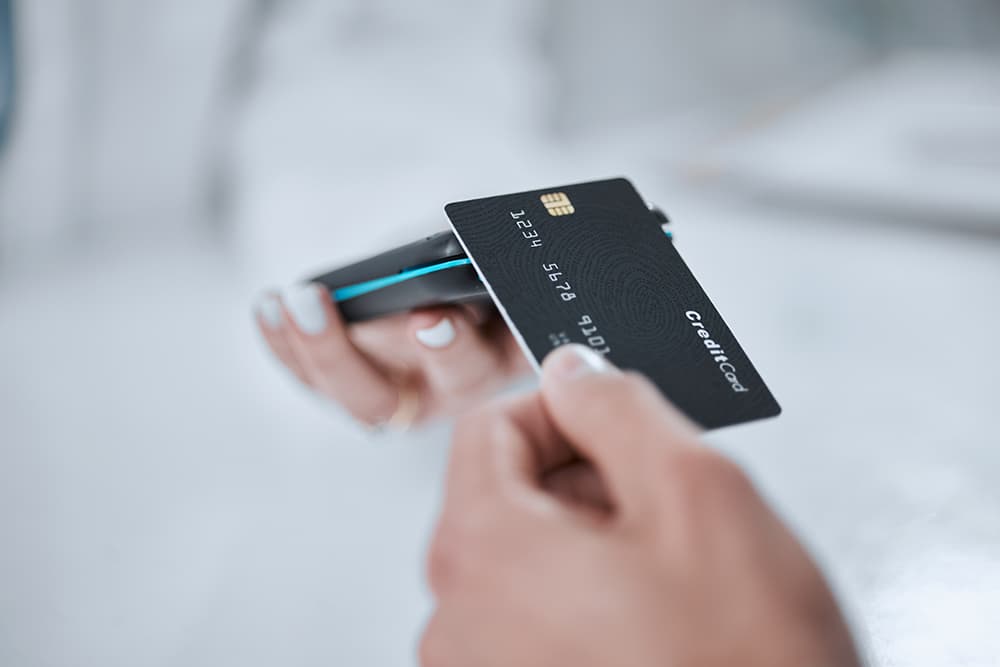As any merchant knows, not all payment transactions are created equal. However, many sellers still have a hard time navigating these murky waters. Still fewer can accurately describe the difference between card-present and card-not-present payments.

Card-present payments defined.
In order to be considered a card-present transaction, more is involved than just having a physical credit or debit card on the scene.
A transaction will only be considered to be card-present if electronic data is captured at the time of the sale. This can happen via a traditional countertop terminal, a point of sale system with a card reader, contactless-enabled terminals, or phones/tablets with connected card readers.
On the plus side, card-present transactions are considered to be more secure since criminals are less likely to steal a person’s card than to find numbers online.
Furthermore, you can ask your customer for additional details to verify the transaction if you are suspicious. On the other hand, these transactions only work when you are face-to-face with a customer.
Card-not-present payments defined.
No guide to card not present transactions would be complete without a description of the methods to process them.
Among these ways to accept card not present transactions are via “buy” buttons on websites, online shopping carts, electronic invoicing, electronic or subscription recurring billing, phone orders that are manually entered on a virtual terminal, and payments that use smartphone apps and do not utilize a card reader.
In all of these cases, the electronic data was not furnished when the transaction was processed — even if the physical card was in the same location when the payment was made.
Card-not-present transactions give businesses a way to offer multiple payment options even for online purchases. However, in spite of the security protocols built into payment gateways, card-not-present purchases are more susceptible to data breaches.
Why is the distinction important?
You might be wondering if this is just a matter of semantics. In other words, why should you care whether electronic data was there at the time of the transaction? There are two main reasons.
For one thing, how you enter the card transaction affects the basic interchange cost you will pay. For instance, ecommerce purchases will always incur higher fees.
However, there are many other situations when you can actively lower your costs by ceasing to manually key in transactions unless you have no other choice.
The second factor that separates card-present from card-not-present transactions is their level of chargebacks. Like it or not, payment processors consider card-present transactions to be less risky, representing a lower chance of fraud and a later dispute of charges.
In the end, the difference between card-present and card-not-present transactions is significant. Over time, focusing on making the majority of your transactions fall into the former category can save you a significant amount of money.
Whenever possible, run your cards through a reader or take contactless NFC payments. When you do, your costs will be lower, and your data will remain as protected as possible from identity theft and breach.



